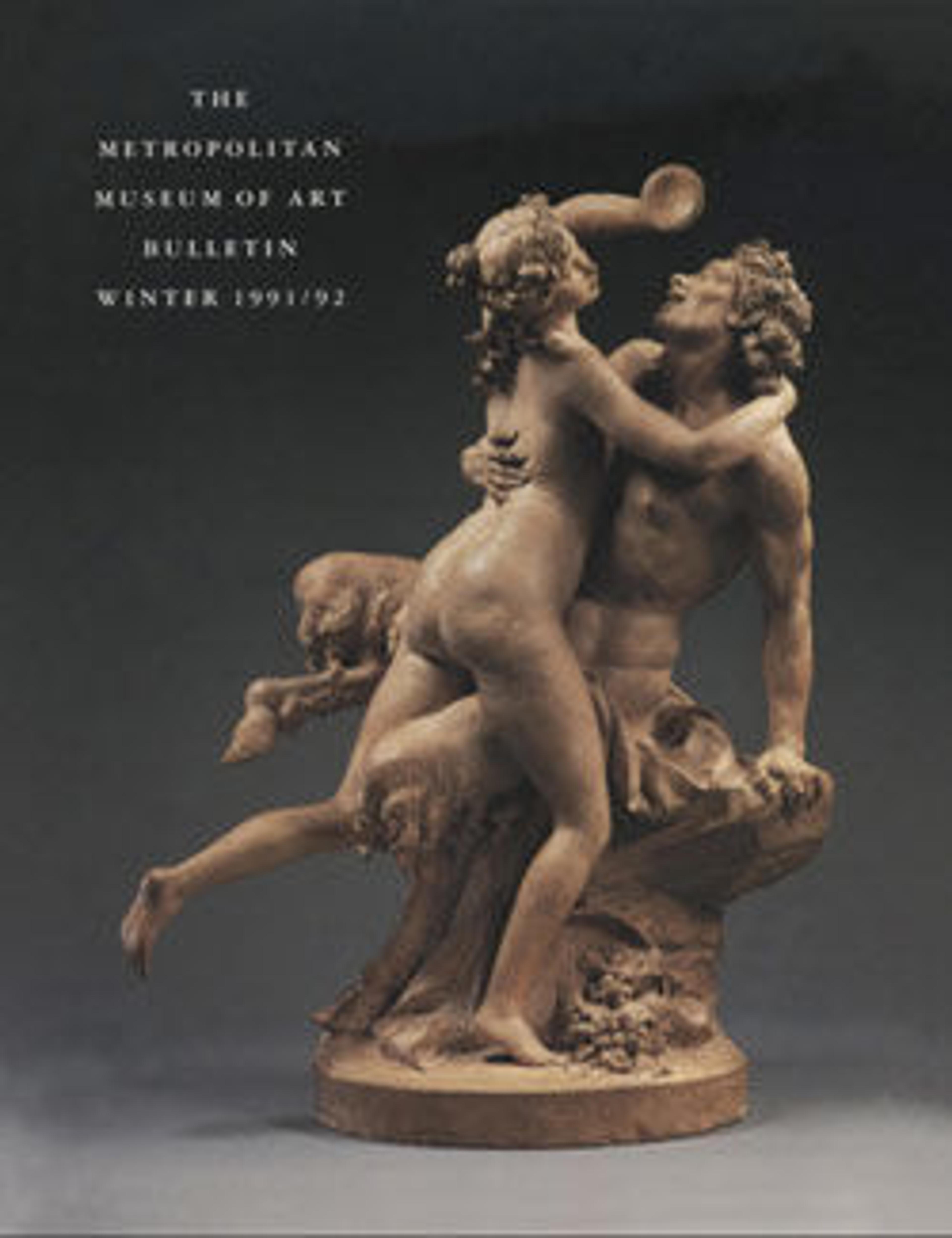Pair of Standing Nude Male Figures Demonstrating the Principles of Contrapposto according to Michelangelo and Phidias
Rodin modeled these clay sketches as demonstrations of contrapposto—a fundamental pose in which the body responds to bearing its weight on a single leg. Each figure stands in a manner typical of works by the famous sculptor after whom it is named. The version after the ancient Phidias captures the calm physical ease characteristic of classical sculpture. The Michelangelo figure, slumped and twisted inward, expresses the psychological intensity resulting from a more contorted Renaissance contrapposto. In 1911 Rodin presented these sketches to the American sculptor and philanthropist Gertrude Vanderbilt Whitney. Later, the works belonged to the greatest late twentieth-century collectors of Rodin’s sculpture, Iris and B. Gerald Cantor.
Artwork Details
- Title: Pair of Standing Nude Male Figures Demonstrating the Principles of Contrapposto according to Michelangelo and Phidias
- Artist: Auguste Rodin (French, Paris 1840–1917 Meudon)
- Date: ca. 1911
- Culture: French
- Medium: Terracotta
- Dimensions: Height (.1, wt. confirmed): 14 1/2 in., 6.6 lb. (36.8 cm, 3 kg)
Height (.2, wt. confirmed): 14 1/2 in., 5.2 lb. (36.8 cm, 2.4 kg) - Classification: Sculpture
- Credit Line: Gift of Iris and B. Gerald Cantor Foundation, 1987
- Object Number: 1987.179.1, .2
- Curatorial Department: European Sculpture and Decorative Arts
More Artwork
Research Resources
The Met provides unparalleled resources for research and welcomes an international community of students and scholars. The Met's Open Access API is where creators and researchers can connect to the The Met collection. Open Access data and public domain images are available for unrestricted commercial and noncommercial use without permission or fee.
To request images under copyright and other restrictions, please use this Image Request form.
Feedback
We continue to research and examine historical and cultural context for objects in The Met collection. If you have comments or questions about this object record, please contact us using the form below. The Museum looks forward to receiving your comments.
